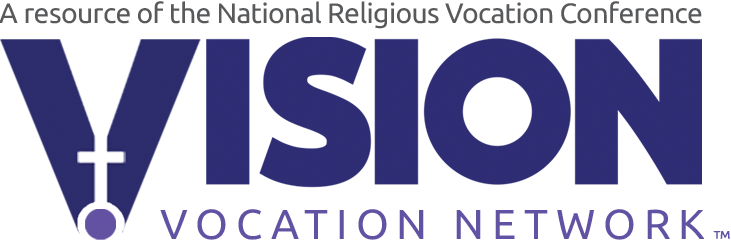Instruments of God for the sake of the poor
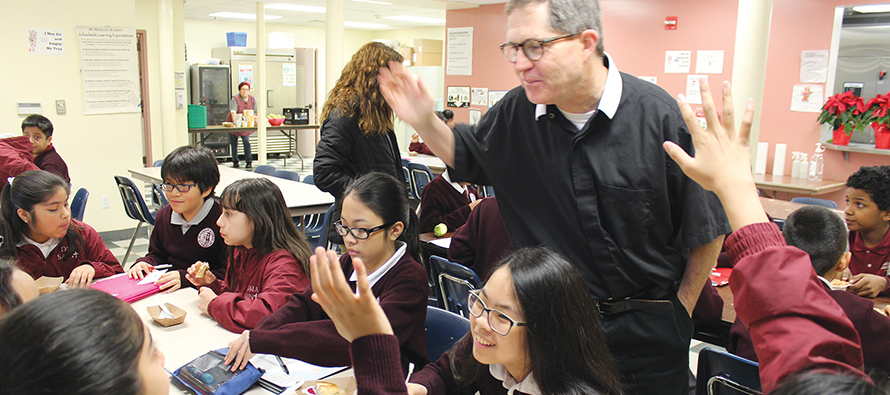
Image: Brother Joseph Kirk, F.S.C. spends time in and out of the classroom talking with students, many of whom speak English as a second language, to help them gain social confidence and improve their pronunciation.
Pope Francis recently called upon “each individual Christian and every community . . . to be an instrument of God for the liberation and promotion of the poor, and for enabling them to be fully a part of society,” (Evangelii Gaudium). To find a model of how to do that well look to the work of the Daughters of Charity and De La Salle Christian Brothers at De Marillac Academy in the Tenderloin neighborhood of San Francisco.
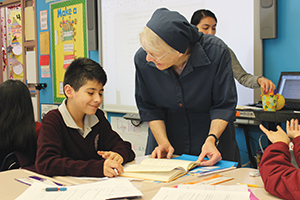
The core teaching team and administrators at De Marillac Academy consider themselves to be an “educational family” dedicated to making Catholic education accessible to all in hopes of breaking the cycle of poverty. The academy, founded in 2001 and named after Saint Louise de Marillac, provides high-quality, values-based, tuition-free education to very low-income, underserved young people of all faiths and cultural backgrounds who live in an area marred by drugs, prostitution, homelessness, and violence.
Some of the innovative programs De Marillac provides, which lead to nearly all of their students finishing high school and as much as 89 percent going to college, include a 12-to-1 student-teacher ratio, a nine-hour day, extended school year, summer camp, five-week summer school, monthly meetings with parents and families, and a graduate support program through high school and beyond.
De Marillac Academy’s holistic educational experience liberates students to lead lives of choice, says Sister Kathleen Powers, D.C. “Our school isn’t just about academics, but a spirit of faith that we try to inculcate. Our motto is, ‘Enter to learn, leave to serve.’ ”
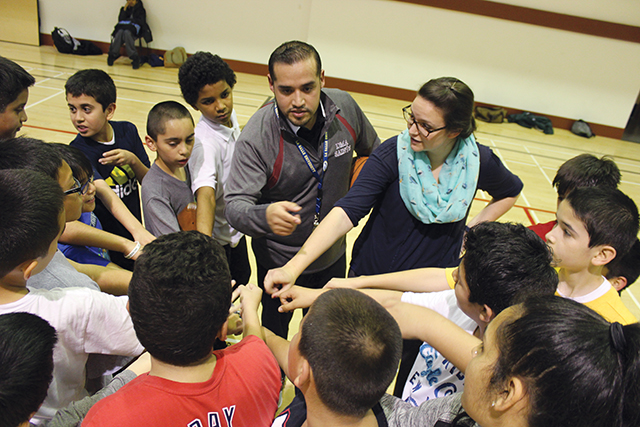
Following the Jesus model
De Marillac Academy practices and teaches six virtues—responsibility, compassion, gratitude, perseverance, leadership, and integrity—to model Jesus in everyday life. The academic philosophy is based on the traditions and charisms of its two founding religious communities: Daughters of Charity of St. Vincent and De La Salle Christian Brothers.
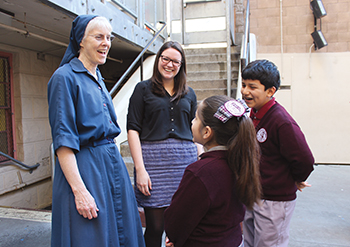
The Daughters of Charity were formed in the 1600s by Saint Vincent de Paul, a French priest, and Louise de Marillac, a widow who responded to the priest’s call for organized help for the “poorest of the poor” in the parish and beyond. Today, more than 19,000 Daughters of Charity minister in education, health care, and social and pastoral services all over the world.
“De Marillac Academy beautifully fits into our mission because we take a fourth vow of service to the poor,” says Powers, who has been providing individual attention to students in the classroom there for five years. “And in turn, we teach students to give back as well.”
Saint John-Baptist de La Salle, founder of the De La Salle Christian Brothers and now recognized as the patron saint of teachers, developed an innovative approach to education in 17th-century France that included free schools for the poor and rigorous teacher training. The mission of De La Salle Christian Brothers today remains the education of young people, especially the poor, in 1,000 institutions in more than 80 countries.
“It takes a lot of teachers and volunteers to educate the children in this neighborhood, not because they are tough street kids but because they hunger to learn,” says Brother James Joost, F.S.C., who serves in congregational leadership and vocation ministry for the De La Salle Christian Brothers in California.
Circle of support continues
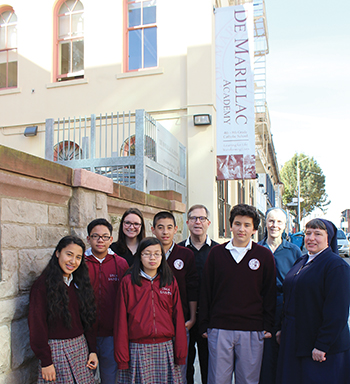
Brother Roberto Martinez, F.S.C. is one of those volunteers. Twice a week he coaches basketball at De Marillac Academy, where he hopes to show kids the fun and fundamentals of the game and help them transition to the high school many of them will eventually attend, nearby Sacred Heart Cathedral Preparatory, where he teaches religion. “The goal is to create a bridge of familiarity so they’re more comfortable at their new school when they get there,” Martinez says.
Martinez knows the importance of role models and fostering community connections—because he, too, was a beneficiary. He grew up in Los Angeles, where he was taught by the Daughters of Charity in elementary school and by the Christian Brothers in high school. “For me, working with kids at De Marillac is like coming home twice,” he says.
“The school does a great job of giving kids a chance,” he says. “That’s what I got growing up, starting with the sisters and then with the brothers, who supported me the whole way. I hope to do the same thing for others.”
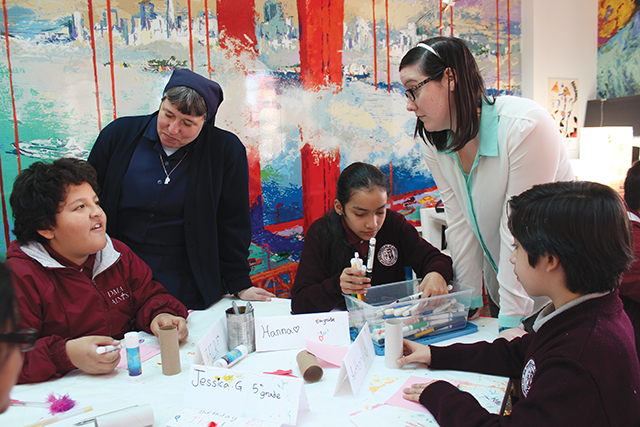
Related article: vocationnetwork.org, Starting over from scratch, Vision 2015.
Tags
Related
- Questions you’ll be glad you asked
- What monastic mystics got right about life
- Religious communities embrace diverse members
- How my parents responded when I became a brother
- Vocation Basics: You are already called—Message to youth from Pope Francis
- Meet the parents
- Charism: The gift that shapes lives
- What our vows mean
- Discover five treasures of religious life
- Religious making a difference Read More
Most Viewed
- Find your spirituality type quiz
- Questions and answers about religious vocations
- Celibacy quiz: Could I be a nun? Could I be a brother? Could I be a priest?
- Resources for older discerners or those with physical and developmental differences
- About Vocation Network and VISION Guide
